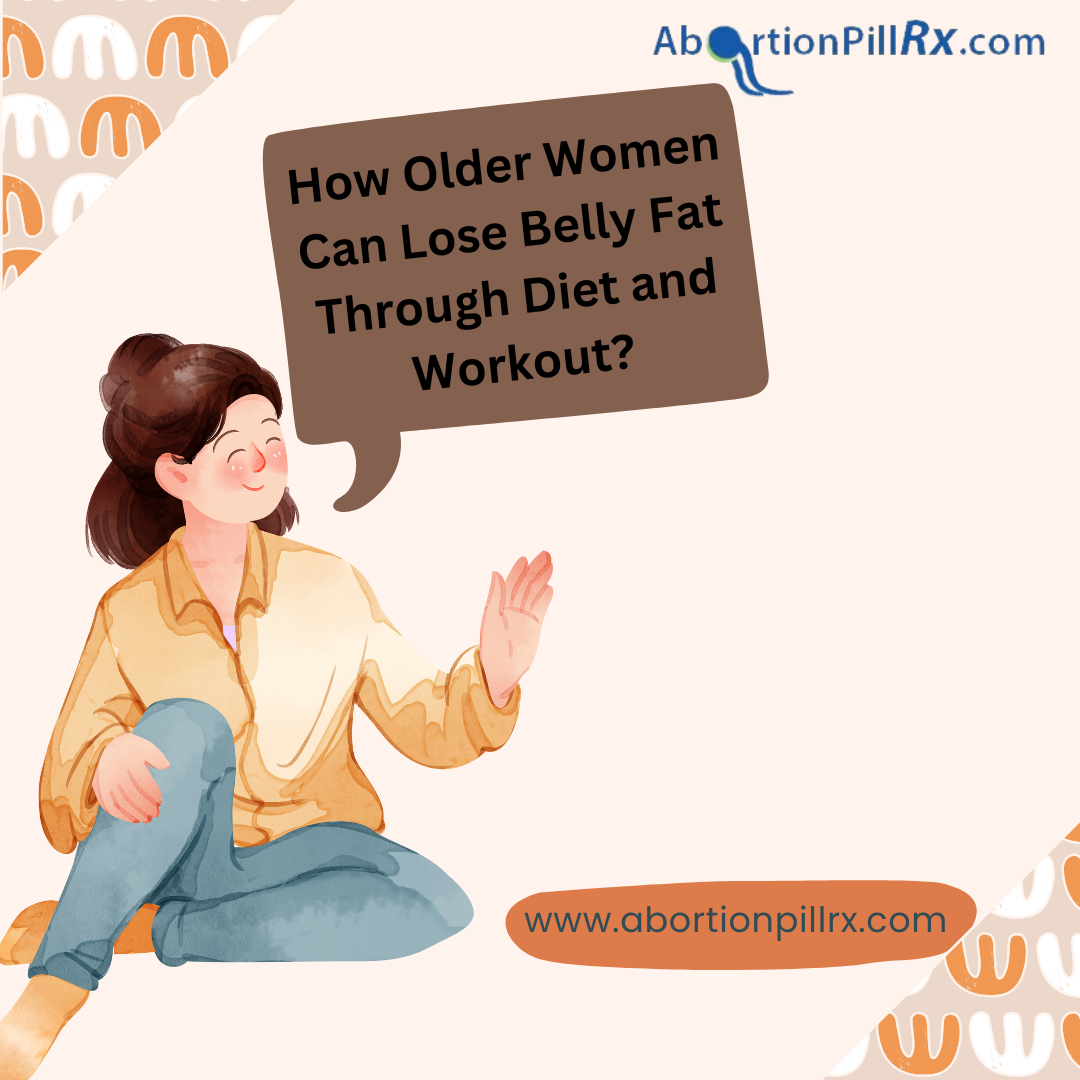As women age, the waistline can get wider. You may find the clothes that fit earlier, do not anymore. Or the clothing is tight around your waist. What’s the reason for that? Have you wondered about the reason for weight gain around the belly as one gets older? We will explore what causes abdomen fat to accumulate, especially after menopause, the associated risks, and more. We will also suggest women's healthcare tips for managing stomach flab by watching out for exercises and diet.
How to Measure Your Waistline?
Before delving into why belly fat is bad and what you can do about it, let’s learn how to measure a waist. Start with a tape measure. Stand straight and wrap the measuring tape around your waist above the hip bone. Do it over the bare stomach. Tighten the measure until it goes around perfectly around the waist without sucking out any air. The tape should fit snugly and not dig into the flab or skin.
Now, exhale slowly and relax. Measure the waist and this is what is the real measurement. If you are a female, the waist should not measure more than 89 centimeters (35 inches). If it goes over this measurement, you are at risk of being overweight or detected with a fatty stomach. This is a concern because more tummy flab means an increase in health issues. Once you know the waistline measure, it is time to understand what is causing it.
The Reasons for Belly Fat in Older Women
The weight of a person depends on several factors. For aging females, it is mostly the ‘age’ and genetics along with calories consumed daily and calories burnt every day. You are more likely to put on weight if you drink and eat more calories than you burn daily. This is one of the leading factors of belly fat as well. Also, with age, women may lose muscles. The issue is severe if you do not stay physically active.
· With a lack of muscles, the body cannot burn calories wisely. Fewer muscles mean less strength and energy because there is more weakness.
· Focusing on building muscles as you age is the first step in reducing belly fat and a way for healthy weight loss for women even after menopause.
· If you lose muscles, you also lose the capacity to utilize the calories properly for your benefit. Rather they cause more fat in the stomach.
· Another reason why older females may encounter extra belly fat is because of low estrogen levels. This happens after you stop getting menstrual periods.
· As estrogen dips, the body finds it difficult to distribute fat correctly. It may lead to more fat deposits in the belly.
· Now, genetics is the final stone in obesity. If your blood relatives have a heavy build, you are likely to have the same build.
Risks Associated with Increased Tummy Flab
Fat under the skin is not the only stomach fat you must worry about. This is the subcutaneous fat, which is easier to lose. However, it is the visceral fat, which goes deeper beyond the skin layers. Visceral fat is a stubborn flab, which if located in the stomach, also surrounds the organs nearby.
· It is the fat within the blood vessels responsible for plaques and constricting blood flow to other body parts. Whether belly fat is because you are growing older or otherwise, it poses several health risks.
· These health issues include sleep apnea, high blood pressure, high cholesterol, cardiovascular disease, certain cancers, fatty liver, diabetes, stroke, early death, metabolic disorders, and others.
· For women beyond the 40’s and 50’s, an increase in belly fat also means difficulty in motor activities. You will find it harder to perform physical tasks, contributing to a lethargic lifestyle.
How to Trim Down Your Belly?
To reduce waist size, you can try crunches and muscle-toning exercises for the stomach area. Stay active with brisk walking, swimming, aerobics, yoga, jogging, etc. High-intensity interval training can also assist with belly fat reduction and strength gain. However, exercising alone will not help to cut away the fat. Visceral fat takes more time and effort than just a workout.
You should follow a diet for belly fat loss to get the desired results. Here are some tips:
· Have smaller meals even if the frequency is greater throughout the day. It is better to have 6 short meals than 3 large meals in a day. You can choose healthier food options this way and watch the portion size.
· Avoid sugary drinks and beverages. Experiment with fruit juices, vegetable soups, and other refreshing liquids that help with weight loss for the stomach.
· Consult a dietician for a balanced diet according to your health. You can include more plant-based foods such as whole grains, fruits, and vegetables. If you like meat, opt for fish and lean meat as a source of protein, or low-fat dairy products.
· You may have polyunsaturated and monounsaturated fat food but with strict limits. These are available in vegetable oils, nuts, and certain seafood.
· Similarly, do not consume saturated fats and processed meats, as these are high in calories. So, say goodbye to butter, cheese, and other high-fat dairy eatables.
To Sum It Up
Weight loss is a challenge and losing belly fat is an even bigger challenge, especially for older women. However, follow a healthy lifestyle, diet, and workout regularly to manage weight, and reduce tummy flab.


